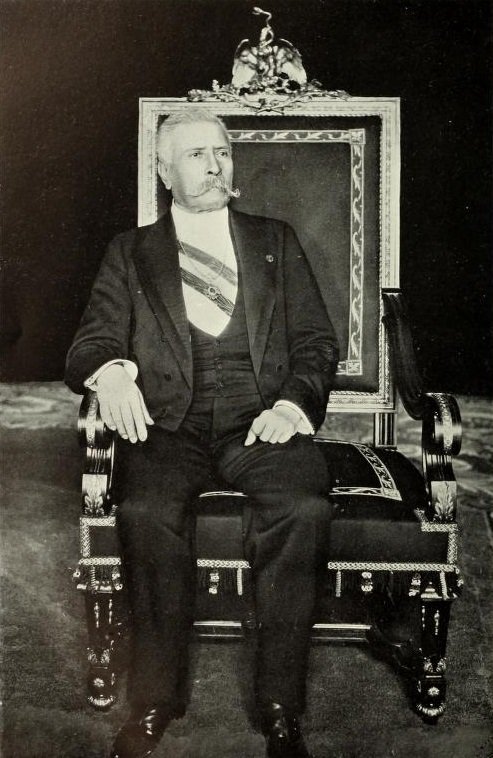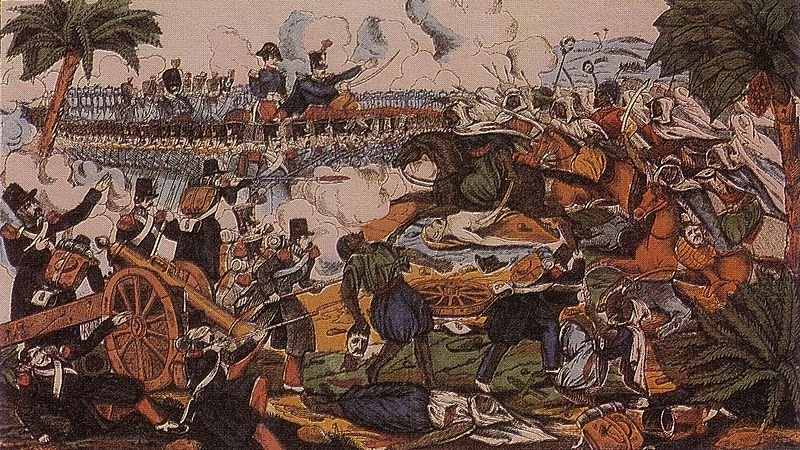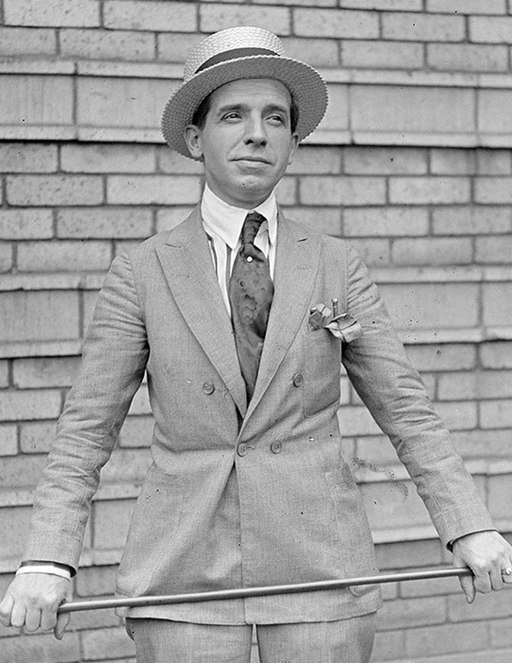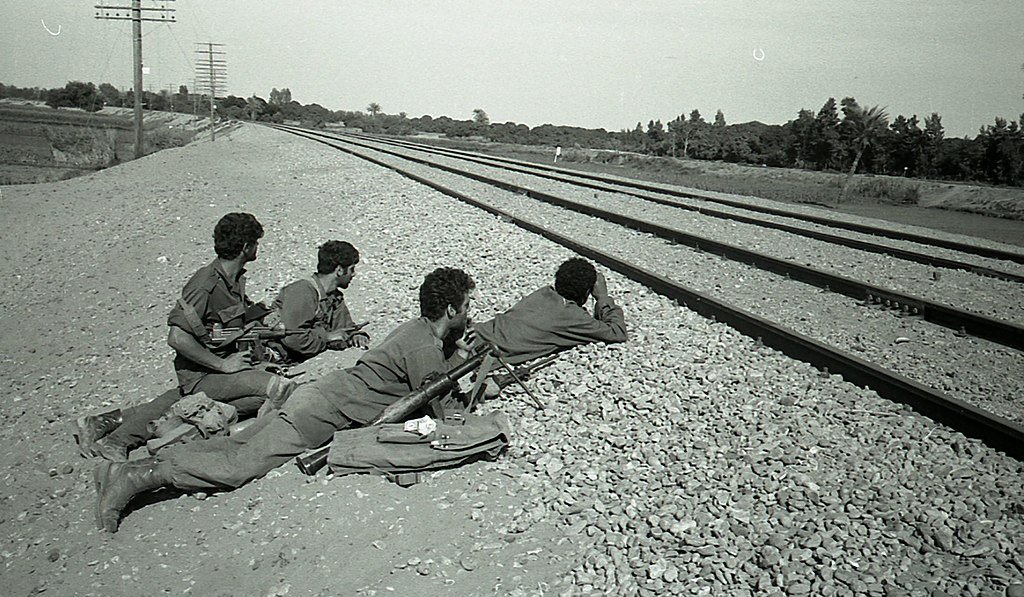The Sullivan-Clinton Expedition Against the Iroquois took place in the summer of 1779 in New York and Pennsylvania. The attack came via a decision of George Washington as the Iroquois Native Americans were Allied with the British during the...
The Sullivan-Clinton Expedition Against the Iroquois took place in the summer of 1779 in New York and Pennsylvania. The attack came via a decision of George Washington as the Iroquois Native Americans were Allied with the British during the American Revolutionary War. Brian Hughes explains.
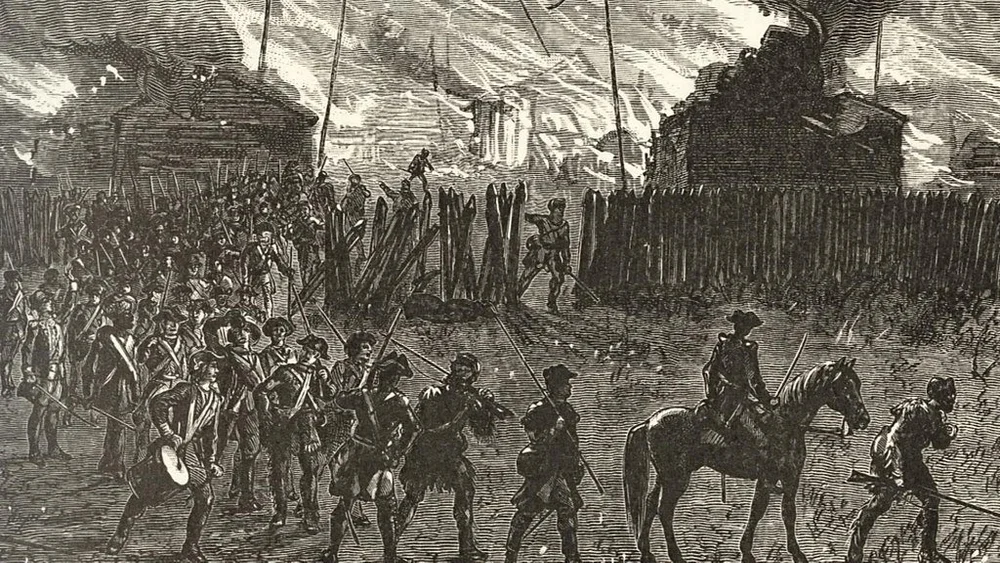
A woodcut print of the Burning of Newtown in 1779.
In the summer of 1779, a large serpentine column of American Forces under the command of Major General John Sullivan departed their camp in Easton Pennsylvania and proceeded northwest up the Wyoming Valley. Theirdestination, the large and fertile stretch of land comprising most of present-day Western New York State and home to the powerful Iroquois (Haudenosaunee) Confederacy, one of the most powerful tribes in North America and allied to Great Britain. Working in conjunction with Sullivan�s force was a smaller array of soldiers led by Brigadier General James Clinton who at the same time proceeded down the Mohawk Valley of New York State. The objective was the total devastation of the war making capabilities of the Iroquois-British alliance legitimized in response to the persistent raids launched on the New York and Pennsylvania frontiers by the Iroquois and their British/Loyalist allies. The campaign was launched in particular in retribution for the Iroquois-Loyalist raids into Pennsylvania and The Cherry Valley Massacre in New York the previous year. The result would be a catastrophe for the Iroquois leading to their ultimate demise thus forever changing American history.
Following the outbreak of hostilities in 1775 the Iroquois constituting the six nations of the Seneca, Cayuga, Tuscarora, Onondaga, Oneida, and Mohawk remained divided and confused by what they viewed as a civil war between Great Britain and her colonies. Neutrality could not be maintained indefinitely as increasing pressure fractured the cohesion of the confederacy as certain tribes began to take sides with the powerful Seneca and Mohawk choosing the British whom they were convinced had the best chance of success. Only the Oneida and some Tuscarora would fight for the Americans as the majority of the Iroquois became increasingly concerned with colonial encroachment on their ancestral land. A problem that the British at least attempted to delay. Raids and counterraids would ensue throughout the northern frontiers of New York and Pennsylvania in addition to pitched battles such as the appalling Battle of Oriskany in the Mohawk Valley of New York State where combined Tory and Patriot militias fought a gruesome battle with their respective Seneca and Oneida allies. The brutal clashes along the frontier would continue even as the major fronts of the war shifted from north to south. In 1778 a joint Iroquois-Loyalist raiding party attacked settlements in Cherry Valley New York and the Wyoming Valley of Pennsylvania killing combatants and noncombatants alike. The ferocity was appalling and cleverly propagandized. For American forces this was the final straw, the Iroquois Confederacy and their British enablers had to be dealt with.
�
Before the war
Before the war George Washington worked as a land surveyor in addition to being a planter and officer in the colonial militia. Like many other colonials Washington longed for the day in which the vast fertile lands of the Ohio country west of the Appalachian Mountains could be cultivated and settled. The Iroquois maintained a powerful position in regards to this region as swift and vicious wars of conquest enabled them to control virtual monopoly on the fur trade from Canada to the Mississippi River. It is widely speculated that desire to shift the power dynamics in this territory would be an additional impetus for the coming military enterprise. Washington devised a plan to invade the Iroquois homeland via a two-pronged invasion to advance on Fort Niagara, a strategic focal point between Western New York and Canada. As the dual columns advanced, they were instructed by Washington to devastate the lands, crops, and villages as a means to intimidate and nullify the total war making capabilities of the tribes deemed hostile to the United States. It is speculated that these tribes had upwards to three thousand warriors but this can�t be wholly substantiated.�
�
Command
Command of the expedition had initially been offered to Horatio Gates, victor of the Battles of Saratoga. Gates would decline on account of his age. Instead, command was given to Major General John Sullivan of New Hampshire who would operate in conjunction with Brigadier General James Clinton. Sullivan assembled his army at Easton, Pennsylvania departing up the Wyoming Valley in July 1779. Clinton advanced a month earlier in June, his initial objective being the town of Canajoharie on the Mohawk River. The American force disguised their intentions well, for an invasion of the Iroquois homeland seemed inconceivable given the size, terrain, and martial reputation of their people. The British speculated that the Americans would attempt another invasion of Canada as they had previously done in late 1775.� In August Sullivan arrived at the mixed white/indigenous settlement of Chemung, destroying the village in the process. The British forces were led by loyalist Colonel John Butler. Butler could muster no more than six hundred Indians and Loyalists to oppose the nearly five thousand man combined force of Sullivan and Clinton who had now linked up. Butler worked with renowned Mohawk war chief Joseph Brant and assembled a motley force of Loyalists, Rangers and Iroquois loyal to Great Britain to confront the American force at Newtown, present day Elmira New York. A fierce pitched battle ensued on the 29th of August as the combined application of infantry and artillery of the Americans rapidly overran Butler and Brant�s detachment. Following the battle Newtown was burned by the Americans.�
�
Newtown
Newtown would be the only large-scale pitched battle of the campaign. It is interesting that the outnumbered allied force of Loyalists and Iroquois deviated from traditional guerilla tactics and instead offered open battle. Sullivan and Clinton now possessed the tactical flexibility to systematically burn towns and settlements spanning the area around the Finger Lakes, the heartland of Iroquoia. Sullivan did however overextend his supply lines forcing his men to halt constantly and granting valuable time for refugees to flee. The devastation was enormous. It is estimated that up to forty towns and dwellings had been destroyed not to mention innumerable bushels of corn and other crops. The psychological toll in which the expedition took was even more significant passing into the collective memory of Iroquois descendants to this day. By launching such an unprecedented attack, the American did however unintentionally better solidify the British/Iroquois alliance. The Sullivan Expedition did not completely eradicate the especially hostile Seneca and Mohawk Nations and indiscriminately wreaked havoc on the more neutral leaning Onondaga and Cayuga. Even at the objections of their Oneida allies. But it would be the beginning of the end of Iroquois hegemony in northern regions of North America. The final nail in the coffin indeed would be the ultimate defeat of Great Britain a few years later.
�
In perspective
The Sullivan Expedition in many ways was a precursor to William Tecumseh Sherman�s March through Georgia during the American Civil War. Although not as entirely successful, it demonstrated the willingness of a lethal and well-coordinated mobile force to invade an immense swathe of land, ravishing it along with its inhabitants all while taking relatively few casualties. It remains a pivotal and often overlooked chapter of the American Revolution.
�
Did you enjoy the piece? If so, join us for free by clicking here.




